Fed by some of the world’s largest ice caps and glaciers, Iceland is home to thundering cascades and crashing waterfalls. Hauntingly frozen over in the depths of winter, Iceland’s waterfalls come alive with the snowmelt in spring and turn into tremendous behemoths of water by summer.
The Land of Ice and Fire is also the land of waterfalls, so get ready for some tough hiking, epic viewpoints, and incredible photography shots. From Gulfoss and Godafoss to Skogafoss and Dettifoss, here are the best waterfalls in Iceland.
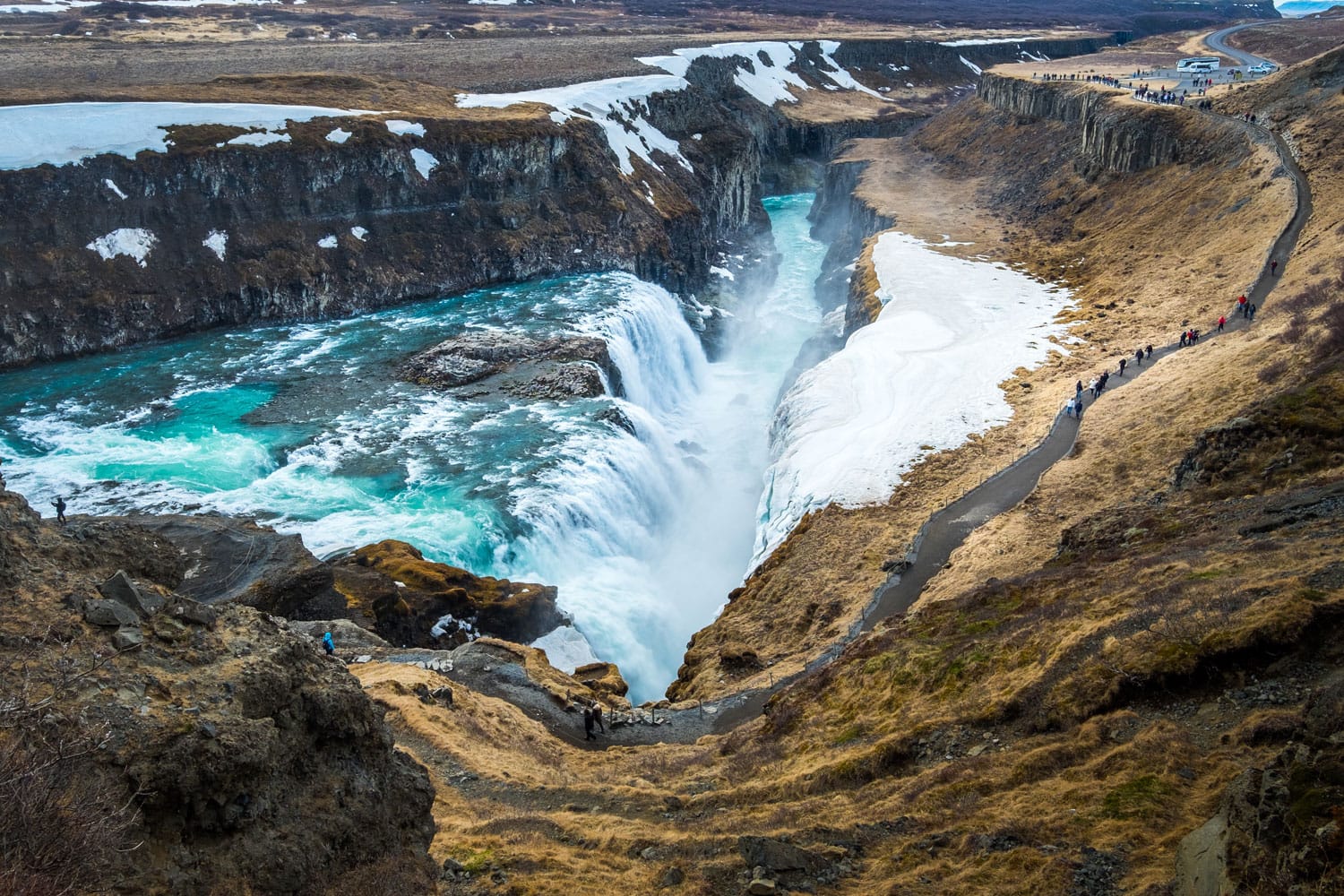
1. Gullfoss
Gullfoss is easily the most famous waterfall in Iceland, and when you stand on the cliff top looking over the edge of the canyon below you, you’ll quickly see why. Gullfoss is the main waterfall on Iceland’s Golden Circle, a trio of unique attractions (which also includes Thingvellir National Park and some roaring geysers nearby) that can all be explored on a day trip from Reykjavik.
Gullfoss waterfall in Iceland was one of the country’s original conservation projects. It was saved from developers looking to turn the thundering 30-meter drop into a hydroelectric plant. Gullfoss is as powerful as it is beautiful.
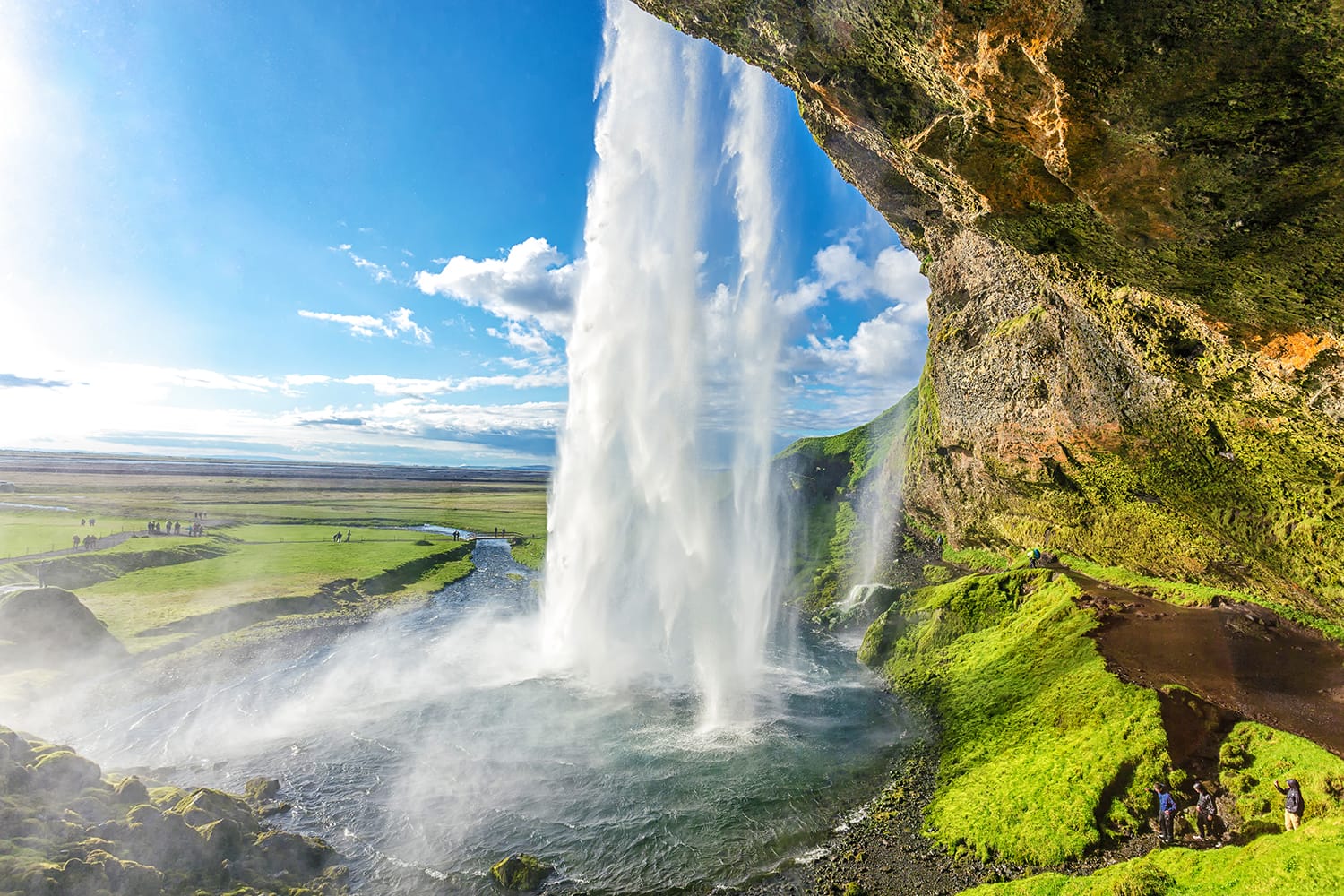
2. Seljalandsfoss
Drive east from Reykjavik on the iconic Route 1 ring road and you’ll see Seljalandfoss from the highway itself. This is one of the most impressive waterfalls in southern Iceland, and at 65 meters in height, it’s one of the tallest, too.
Seljalandfoss is known for its unique position above a vast, cavernous hollow. The water drops over the edge of a cliff, directly over the opening to a large cave that was slowly carved out of the mountainside. You can walk almost directly beneath the waterfall, leaving you marvelling at the crashing water from inside the cave itself.
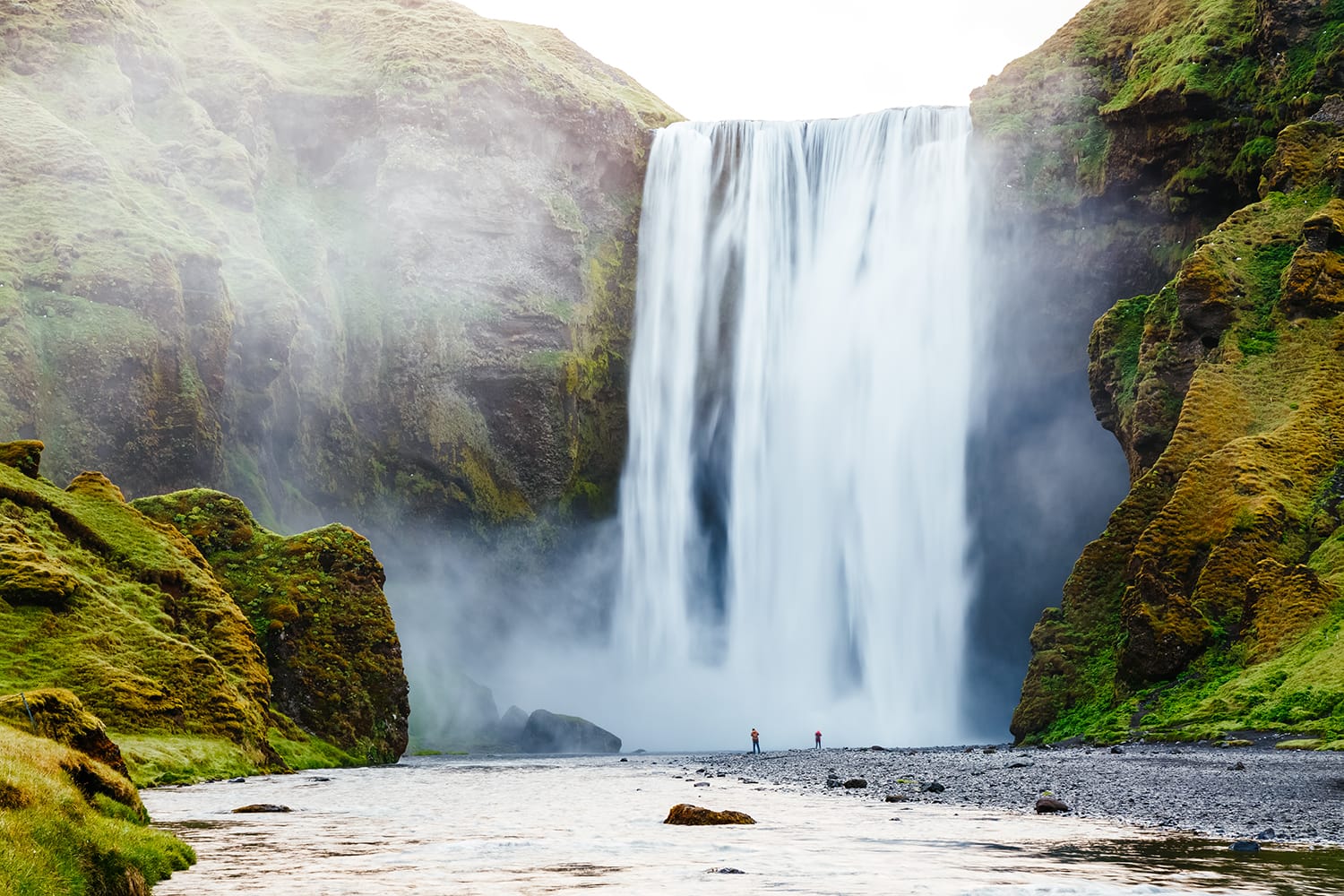
3. Skogafoss
Head east along Route 1 from Seljalandfoss and you’ll quickly see (or hear) another major waterfall in Iceland. Skogafoss waterfall in Iceland is also found directly off the highway (so it’s easy to road trip here) and stands at an impressive 60 meters in height.
Skogafoss is wide, too, stretching to 25 meters across as it drops powerfully from the cliffs above. A hiking trail leads up to the top of the cliffs on the eastern side of the waterfall. You’ll have epic views over the ocean and towards the Eyjafjallajokull volcano (the volcano that closed down the world’s air traffic back in 2008).
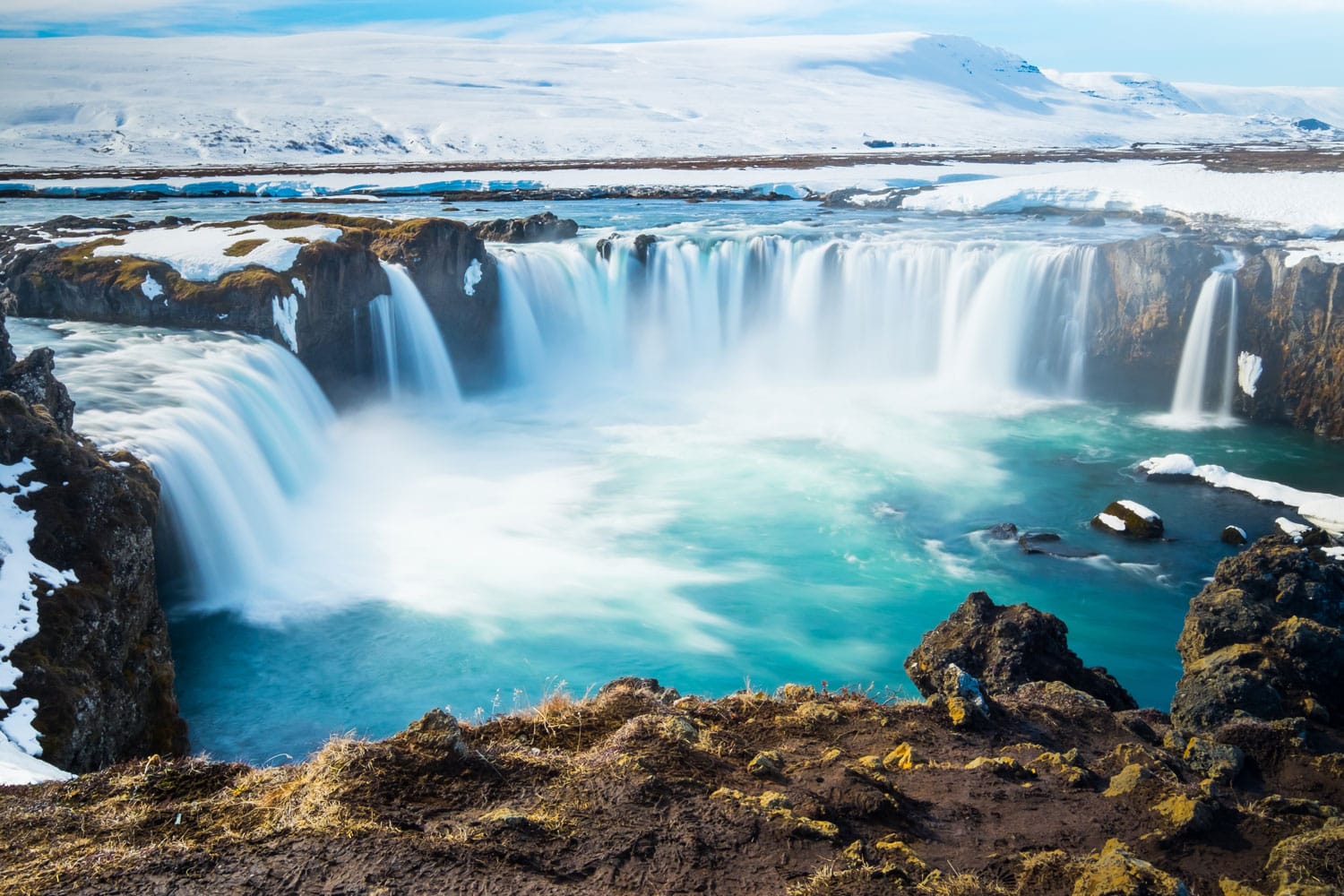
4. Godafoss
This is Iceland, so there’s a lot of competition, but we’d go so far as to say that Godafoss is the most beautiful waterfall in Iceland.
Godafoss means “waterfall of the Gods” in Icelandic – so named, perhaps, because it was beautiful enough to enthrall even the Norse gods of old. Godafoss waterfall in Iceland is located in the north of the country, and although it’s only 12 meters in height, it’s 30 meters wide, making for a glorious panoramic view.
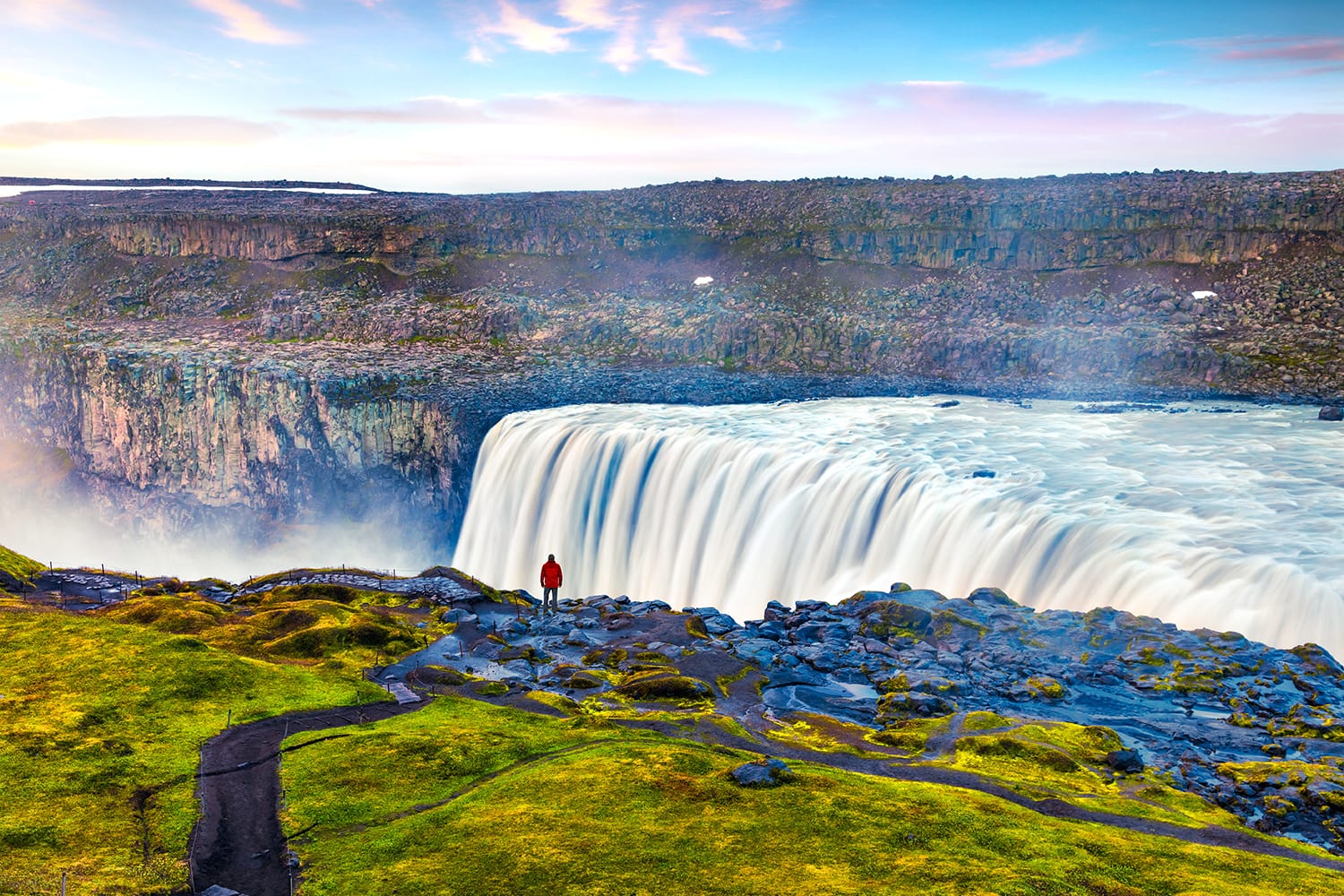
5. Dettifoss
Dettifoss is located off Iceland’s Ring Road in the far arctic north of the country and is protected as part of the vast Vatnajokull National Park. Dettifoss is one of the largest waterfalls in Iceland, and one of the most powerful waterfalls in Europe.
Dettifoss may not be the most beautiful waterfall in Iceland, but the sheer volume of crashing water that flows over it is staggering, if not frightening, to behold. The waterfall is over 100 meters wide (and 44 meters tall), and it’s estimated that almost 100,000 gallons of water plummet over the edge every second.
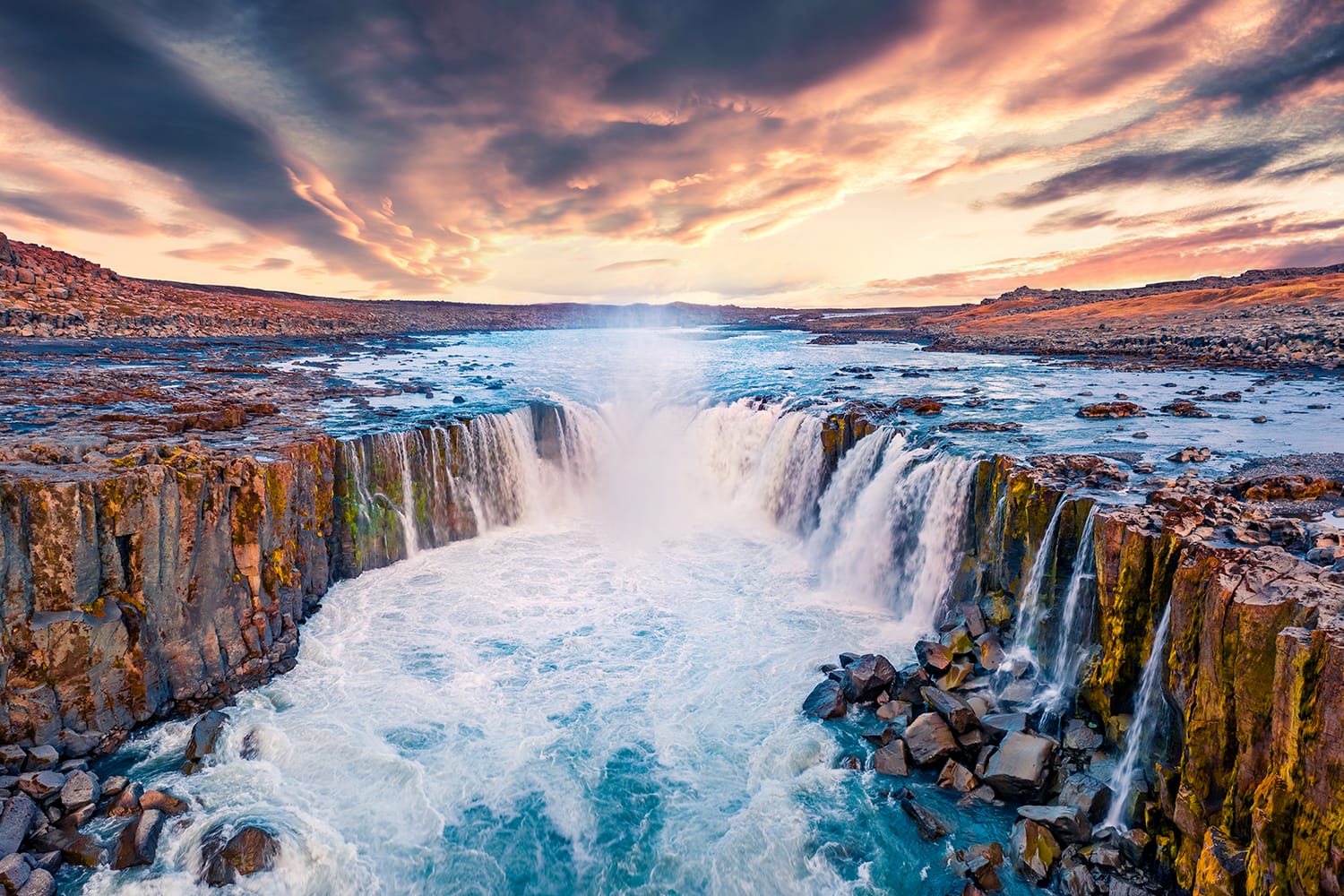
6. Selfoss
If you’re visiting Dettifoss, then you can also explore the lesser known cascades of Selfoss. Selfoss isn’t anywhere near as tall or powerfull as Dettifoss, but it’s much more serene. The falls are only around 10 meters high at their maximum, but there are multiple plumes of water falling from a long ridge into the river.
To reach Selfoss, you need to hike from Dettifoss. The path won’t take you any longer than 20 minutes to walk each way, and the crisp air and Icelandic vistas make it well worth the trek.
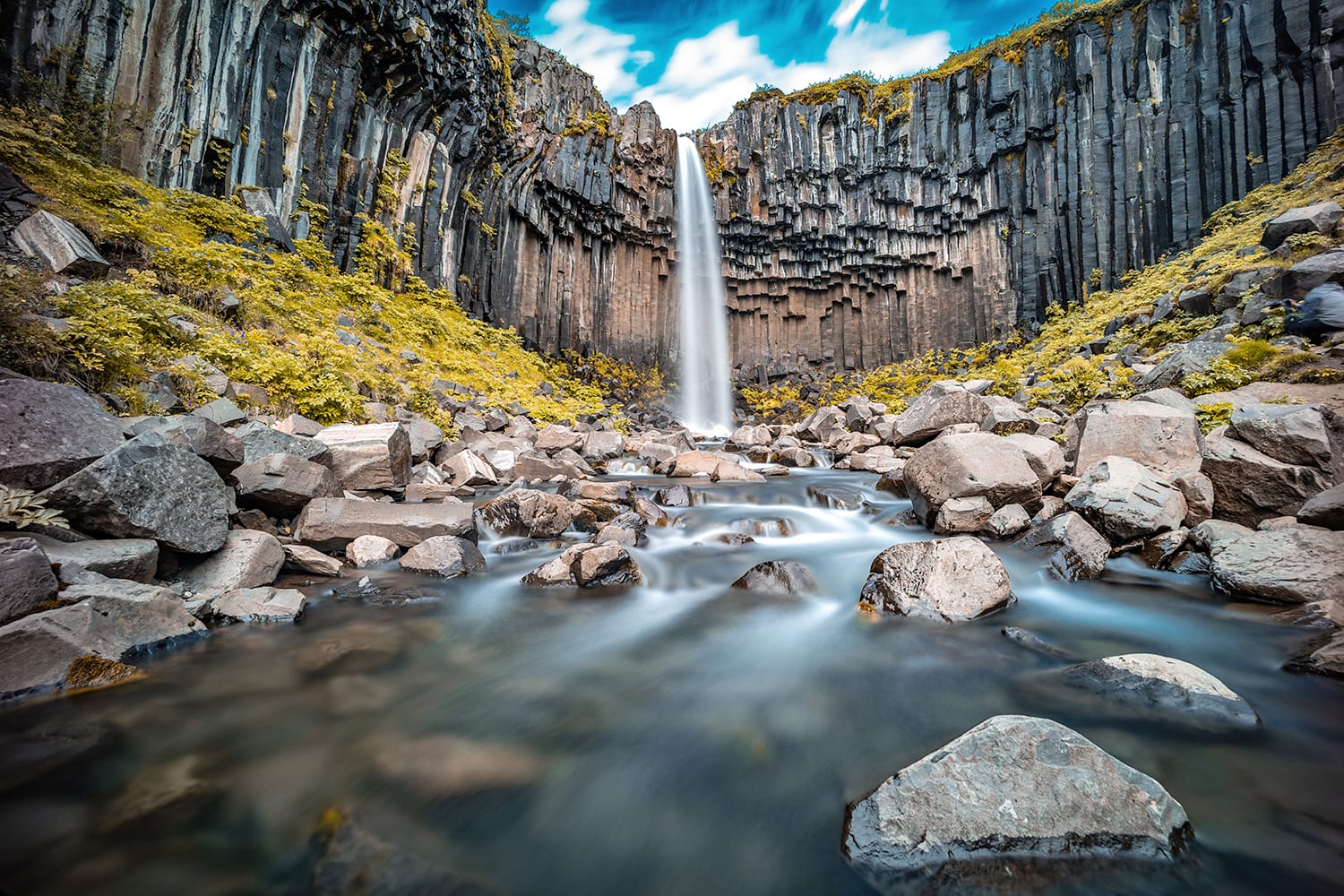
7. Svartifoss
Svartifoss is one of the many waterfalls found inside Vatnajokull National Park, in Iceland’s endless interior, but it’s also one of the most unique.
The “Black Waterfall” is so-called because the water crashes over black lava columns that rise up from the ground like ancient pillars of rock. In summer, the black columns are surrounded by lush greenery, and in winter, it’s an ethereal, icy world to explore.
Svartifoss is found in the southeast portion of the national park, and is a one-kilometer hike from the visitor’s center in the village of Skaftafell.
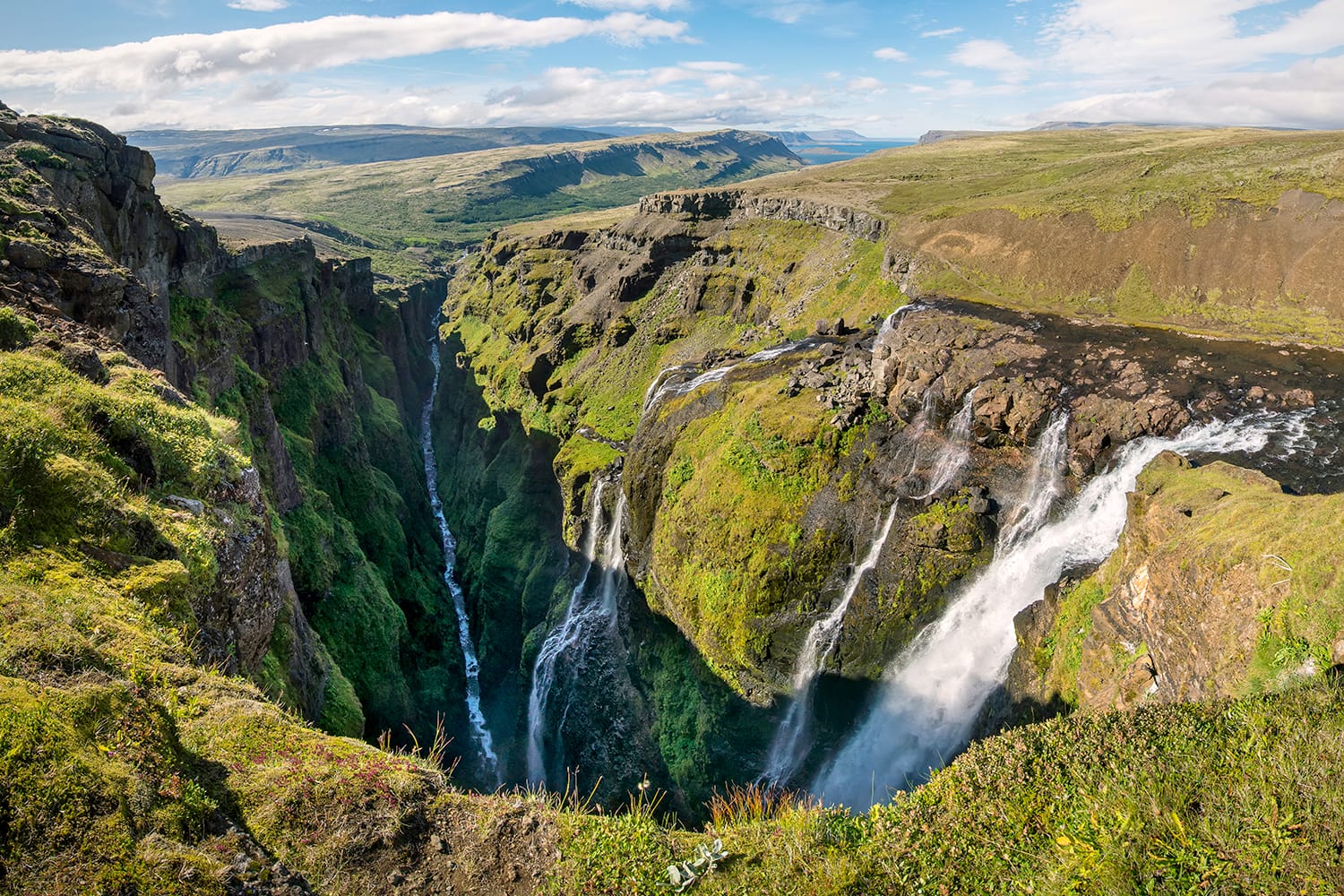
8. Glymur
Just shy of 200 meters in height, Glymur is still only Iceland’s second-highest waterfall. Glymur is wonderfully close to Reykjavik (it’s just north east of the capital), but the only way to actually get up close is to hike.
The hike itself isn’t too challenging (and it’s absolutely spectacular), but it does take around three to four hours to get there and back from the trailhead. The end point, where the water drops from a tall cliff top, is worth every step it takes to get there!
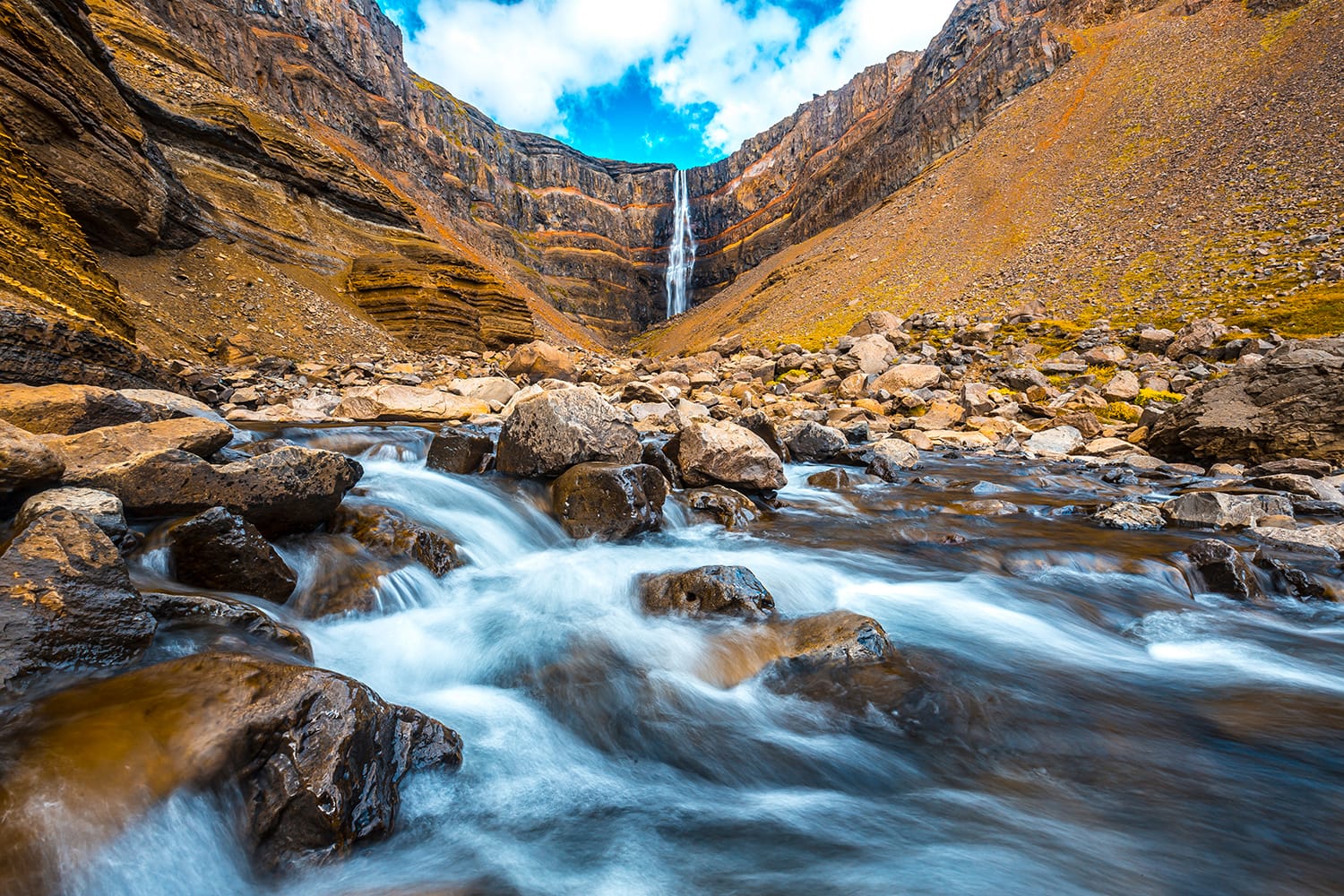
9. Hengifoss
Standing 128 meters tall, and cascading over the cliff tops of Iceland’s Eastern Fjordlands, Hengifoss is a marvel of a natural sight. It’s a one-hour hike from the car park through an undulating, rocky valley.
Along the way, you’ll see black lava columns and smaller cascades and waterfalls as you near the dramatic cliffs. It’s a one-hour walk back too, of course, so strap on those hiking boots for an epic hike.
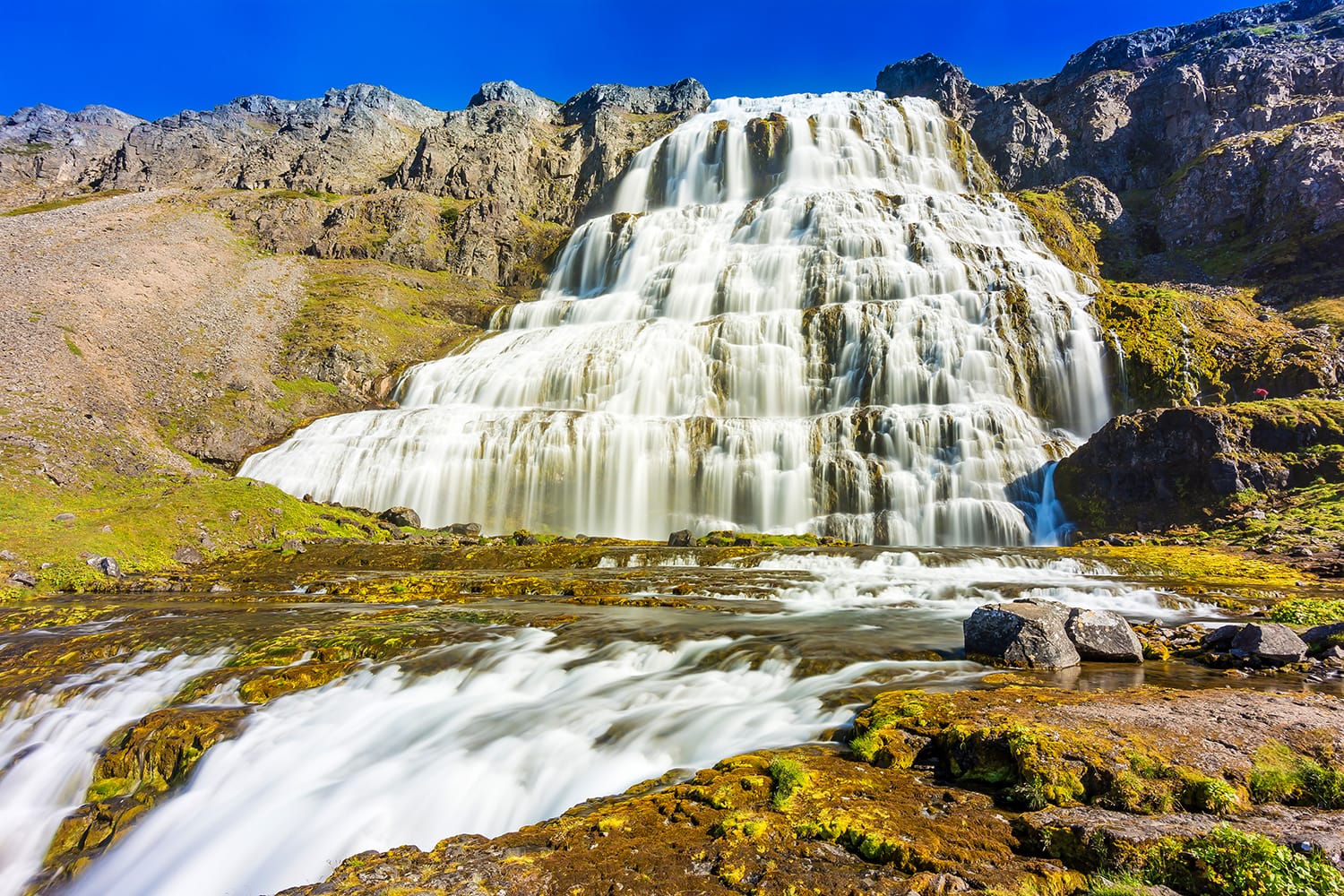
10. Dynjandi
Dynjandi (also known as Fjallfoss) waterfall is a sight like no other in Iceland, and it’s well worth the journey deep into the Westfjords to find. Dynjandi is a beautiful cascade that seems to widen the further it drops, and it’s often called the jewel or the pearl of the Westfjords for its unique, natural aesthetic.
The cascades fall for 100 meters over dark basalt rocks formed long ago by lava flows. From a distance it’s a magnificent sight to see, and up close, Dynjandi is a thundering, humbling experience.
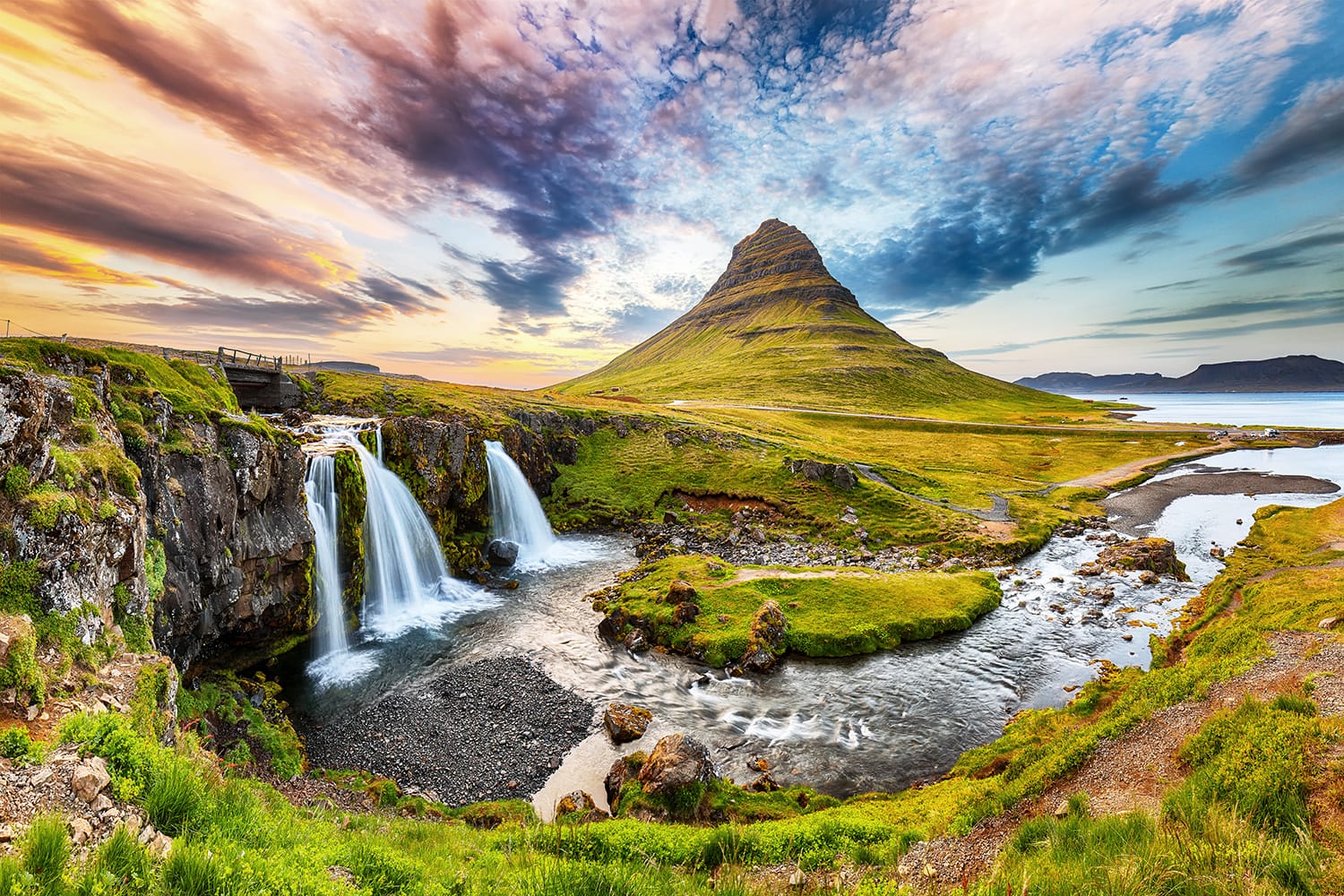
11. Kirkjufellsfoss
Two hours north of Reykjavik, the Snaefellsnes Peninsula offers mile after mile of rugged Icelandic terrain as it extends out into the Atlantic Ocean. One of the most impressive sights here is the Kirkjufellsfoss waterfall, which cascades gently over rocks into the river below.
The waterfall is one of Iceland’s most popular photography spots because Kirkjufellsfoss is perfectly framed by the massive Kirkjufell mountain, which rises behind it to a height of over 400 meters.
If you’ve ever seen a photograph of the Snaefellsnes Peninsula, then you’ve seen a photograph of Kirkjufell mountain’s dramatic, pointy peak (so don’t forget your camera!).
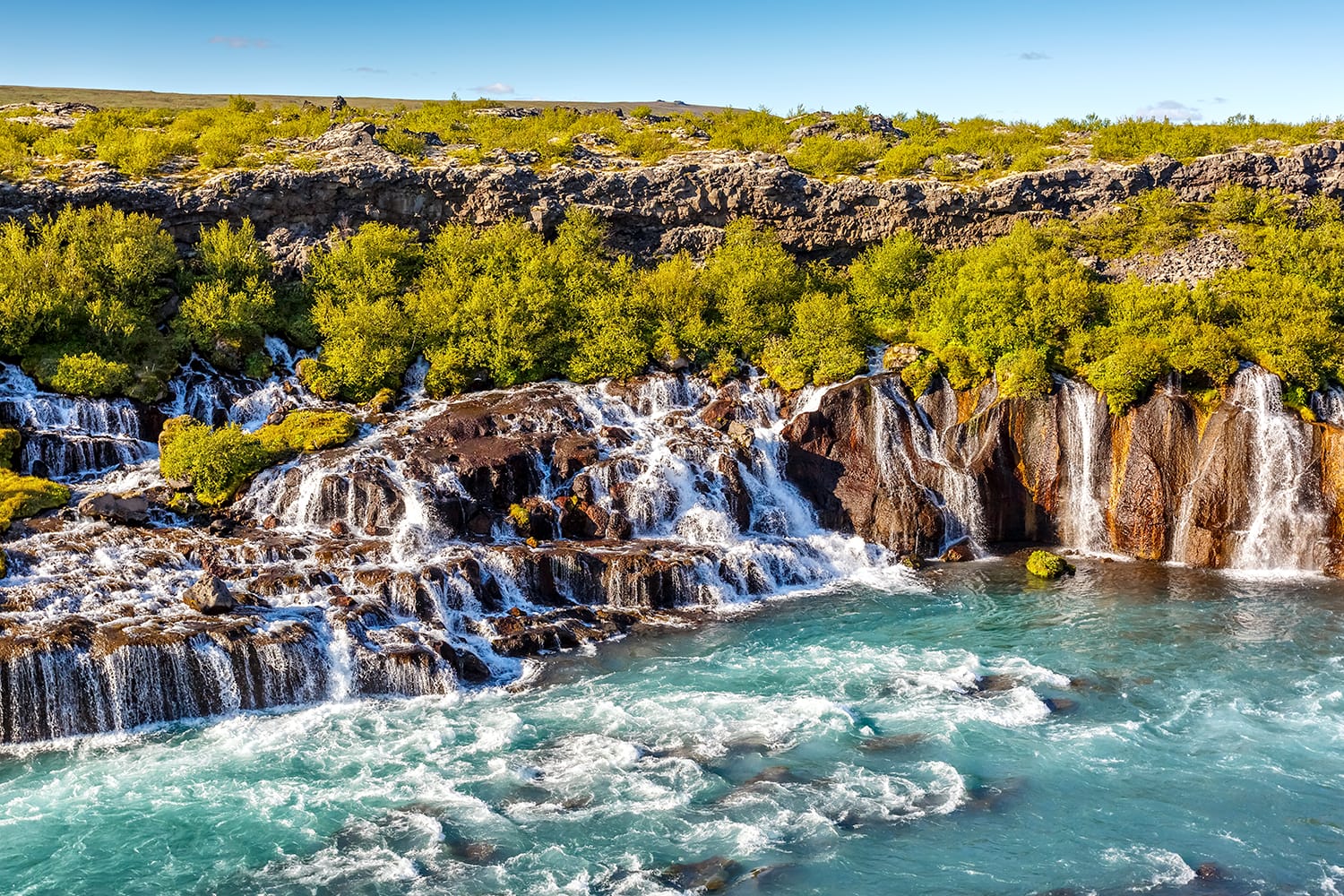
12. Hraunfossar
Hraunfossar is not one waterfall, but an impressive series of waterfalls that form an elaborate cascade in the Icelandic interior (a two-hour drive north of Reykjavik).
The cascades formed over lava flows and pour over dark, black, volcanic rock. The waterfalls are spread over a massive 900-meter area as the water continues its journey from the Langjokull glacier into the river.
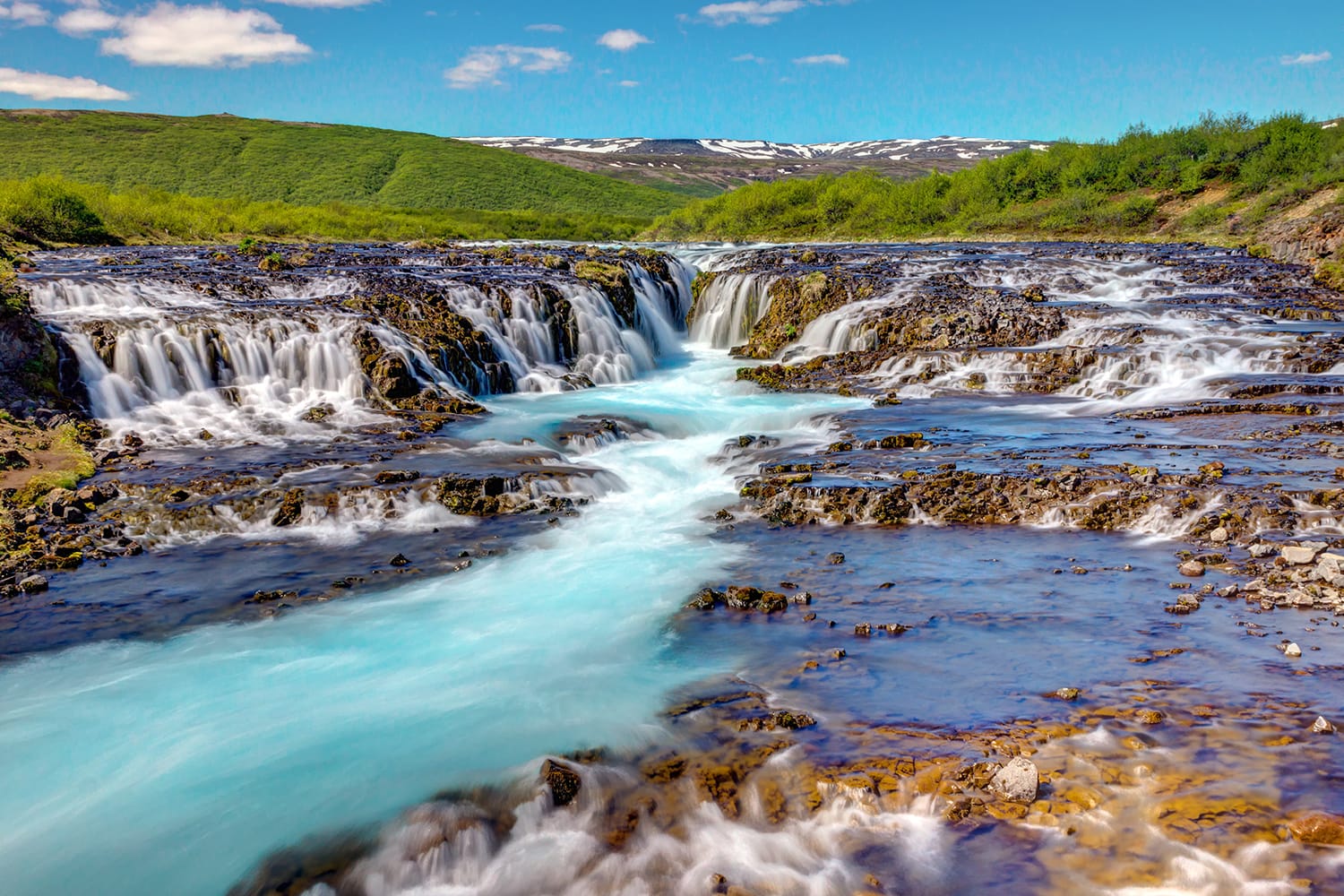
13. Bruarfoss
Bruarfoss is an almost hypnotic place to visit, because the water that flows here is unnaturally bright blue in color. If there was a “bluest Waterfall in Iceland” award, Bruarfoss would reign supreme.
This is pure, glacial water, and it falls just a few meters over the edge of small ledges, but forms a vast array of multilayered cascades. This is Iceland in its rawest form, a place where you can see the glacial and geothermal activity of the country first-hand. There’s a long walking path from the nearest car park to the waterfall, so be prepared for three or four hours of hiking, there and back.
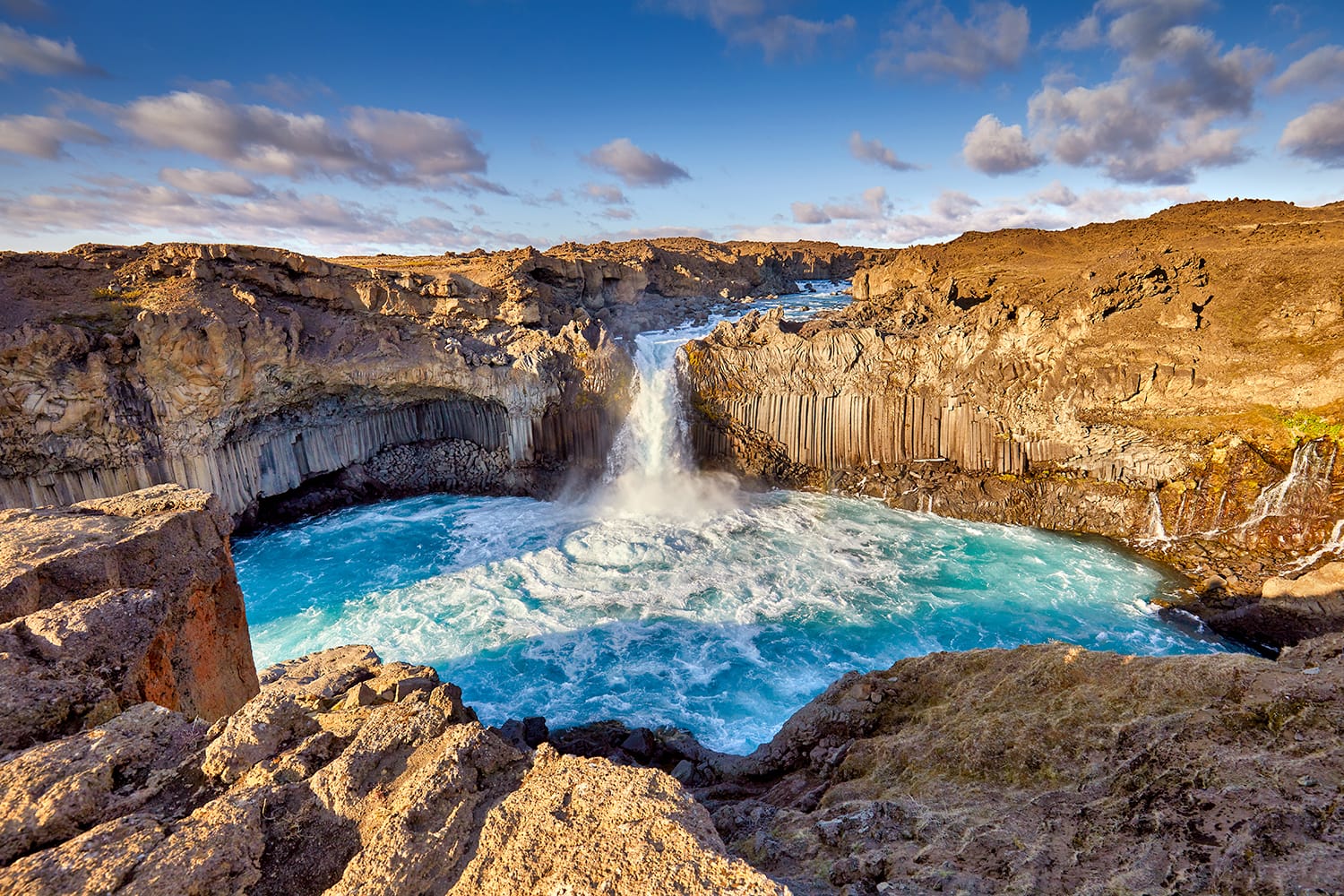
14. Aldeyjarfoss
Aldeyjarfoss is one of northern Iceland’s lesser known waterfalls, which is surprising, because it’s stunning. There’s a dramatic 20-meter high drop that forces plumes of water through a narrow gap in the rocks.
The cliff where the water shoots down is lined with a series of basalt columns that look like they were carved by Norse Gods rather than the forces of nature. The waterfall is a 40-minute detour from Route 1, and the roads can be inaccessible in winter.
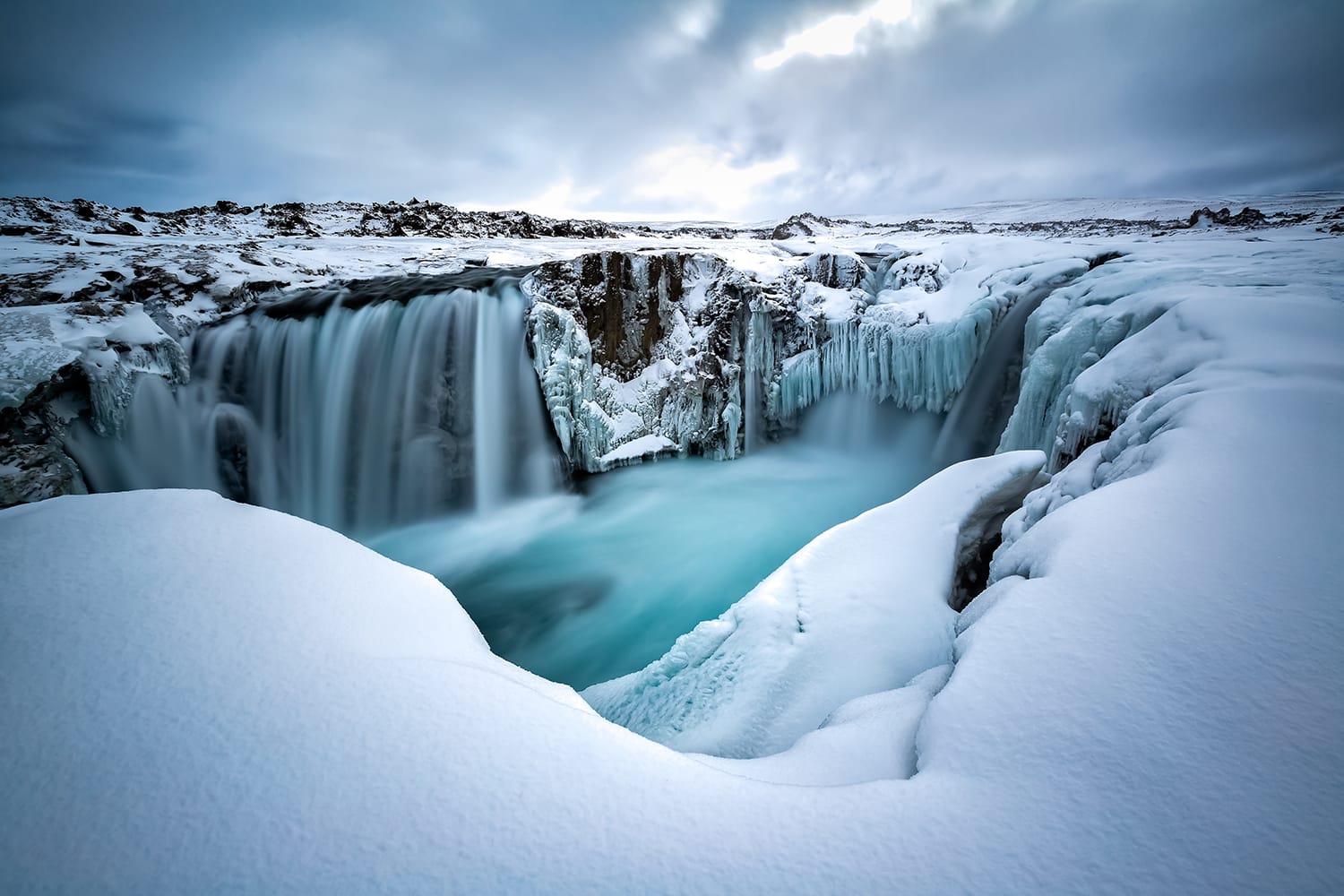
15. Hrafnabjargafoss
Hrafnabjargafoss is located just a few miles to the south of Aldeyjarfoss, so add this waterfall to your itinerary if you’re detouring from the main ring road.
There are actually two waterfalls that make up Hrafnabjargafoss, and they drop from either side of a steep rock outcrop that rises high above the icy plunge pool below. The waterfall is only accessible in the summer, as the road from Aldeyjarfoss is unpaved. It’s best to tackle this route with a four-by-four, as the roads in this isolated part of Iceland can be unpredictable.
Map of Waterfalls in Iceland
With thousands of waterfalls and cascades, large and small to see in Iceland, there’s a lot waiting to be seen across the country’s icy landscapes. We recommend renting a car and road tripping your way from one waterfall to the next. That way, you won’t need to miss a single cascade!
Iceland has so much more to offer than just waterfalls! For a complete list of must-see attractions, check out our article on the best places to visit in Iceland next.
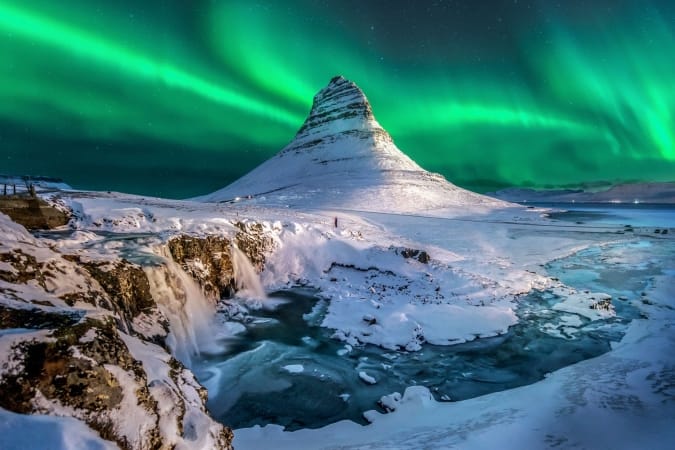

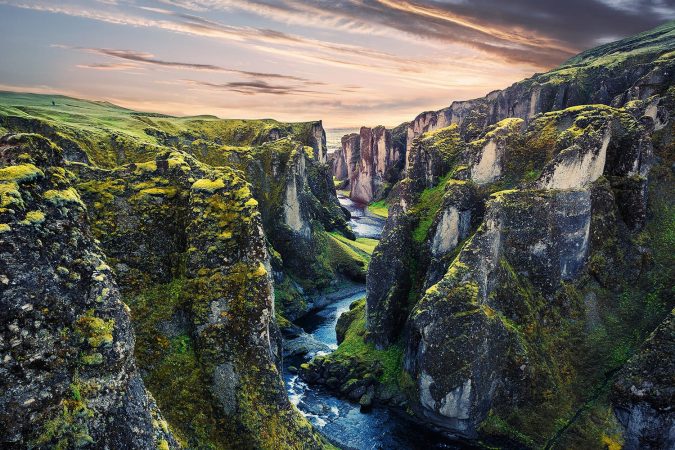
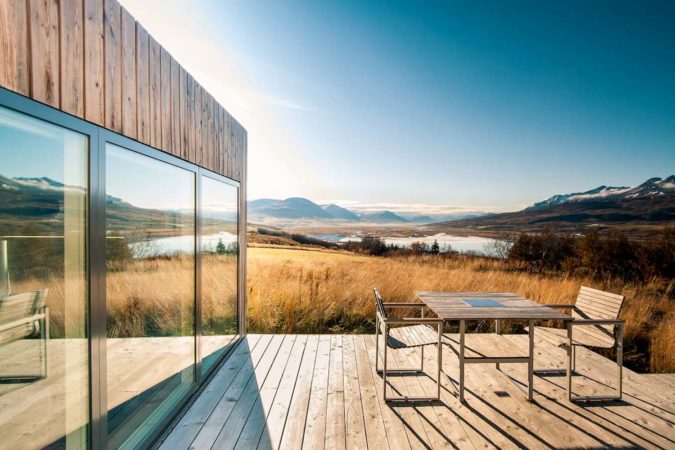
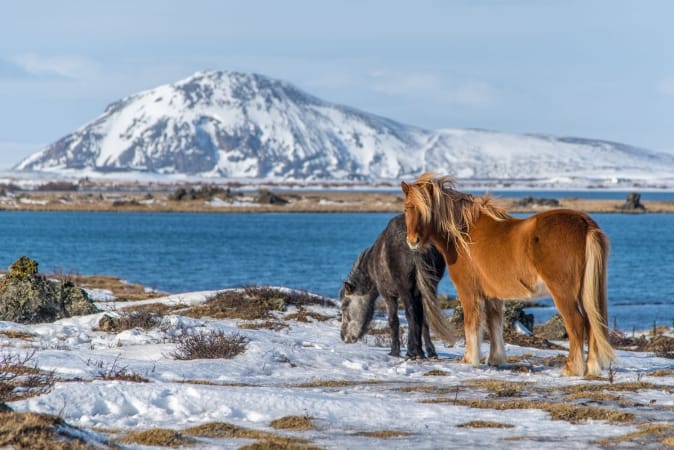
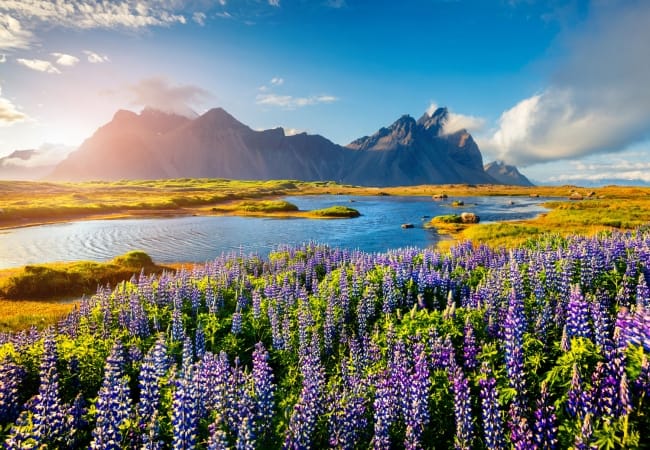
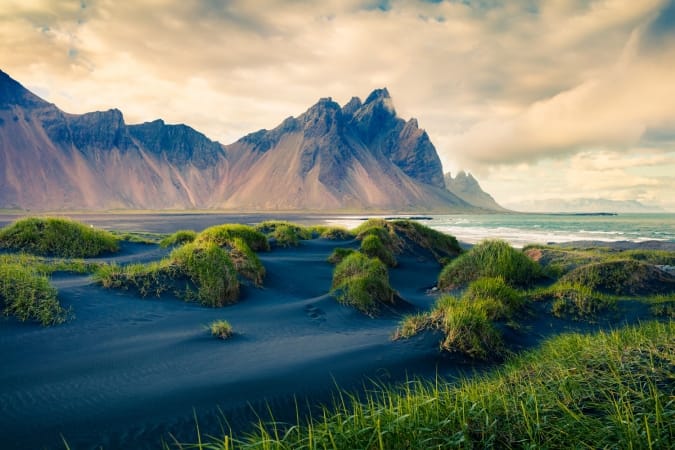
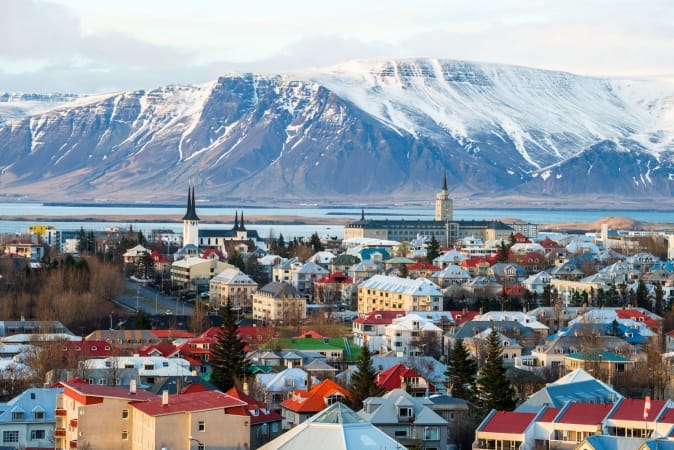
Comments